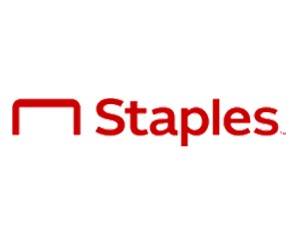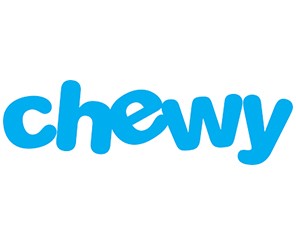US Markets Loading...
h
m
s
AI talent wars spark ‘gold rush,’ $1 million pay packages, and CEOs wooing candidates personally
CEOs such as Mark Zuckerberg and Sam Altman are getting involved in AI recruiting as they compete for top talent.
I visited Scottsdale, Arizona, to see why it's attracting millionaires
Business Insider's reporter went to Scottsdale, Arizona, to find out what's attracting millionaires, from booming business to desert views.
A NATO country is refusing to give Ukraine its Patriots because it says it needs them for itself
Greece's prime minister said his country can't hand over its Patriot air-defense systems to Ukraine because it needs to protect its own airspace.
Critics are calling Luca Guadagnino's sexy tennis drama 'Challengers' the 'horniest movie of the year'
Luca Guadagnino's new film starring Zendaya centers on three tennis players caught in a love triangle. Here's what critics are saying about the movie.
Video
New Episodes This Week
I tried Gordon Ramsay's recipe for air-fryer steak, and I got a perfect result in 20 minutes
I tried Gordon Ramsay's recipe for cooking rib-eye steak in an air fryer. I'm convinced this is the best, easiest way to cook steak in an air fryer.
I'm a high school senior who commutes an hour by train to school every day. It's helped prepare me for the real world.
A high schooler takes the New Jersey Transit to school every day for the past four years. The commute taught him how to be independent.
German bed pillows give me nightmares. Next time I go to Berlin, I'm bringing my own.
We need to talk about the German "crumple pillow." On a recent trip to Berlin, this massive square pillow made it impossible to sleep well.
See inside the eerie, abandoned Air Force base that spawned conspiracy theories and inspired 'Stranger Things'
Camp Hero, a former military base, has been plagued by conspiracy theories about the so-called "Montauk Project," which inspired "Stranger Things."





